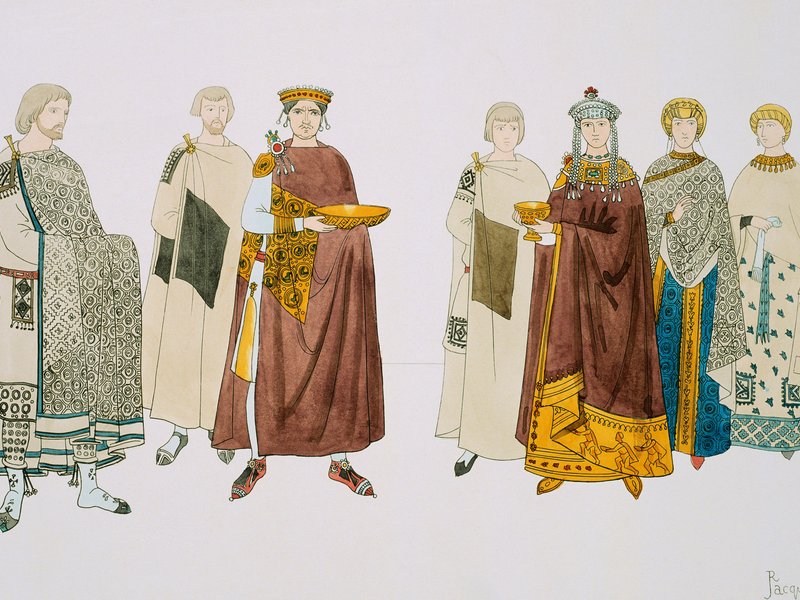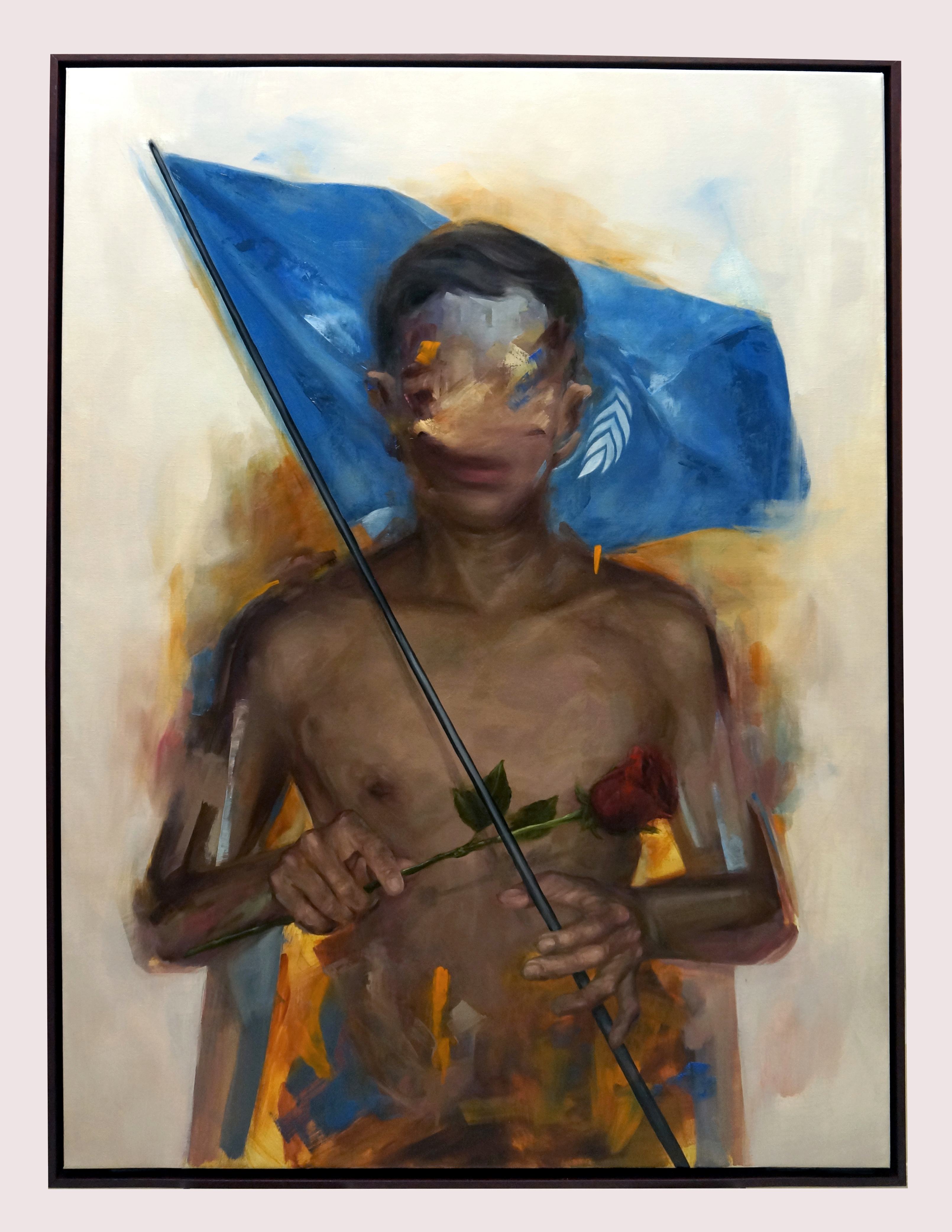Over the years, with the acknowledgment that gender is not inherently natural but rather socially constructed, its definition is becoming more ambiguous. Consequently, we are seeing many societies, mostly in the West, where the commonly known “male” and “female” gender roles are surrounded by uncertainties in which the line that separates and that defines both gender identities is not as clear as it was in the past.
Accordingly, the binary notion of gender is languishing towards a broader and more inclusive one that encompasses alternative identities. As such, people make use of diverse tools in order to communicate with others who they are in terms of their identity and how they want to be recognized. Fashion is one of these tools.
In fact, an individual’s style expresses a myriad of overlapping identities, including gender, age, sexuality, nationality, class, aesthetic, race, ethnicity and even politics. Some of these are only perceivable in specific situations in which the power relations reveal the existence of privileged identities. As an example, the discrimination of a person for being gay highlights the prevalence of heteronormativity, i.e. the assumption that heterosexuality is the “normal” or “natural.”
Related articles: “FLAVNT – A PLACE TO CALL HOME“ by SILVIE VALE
“EXPLORING THE MEANING OF GENDER“ by SILVIE VALE
Additionally, fashion also reproduces and transforms gender relations in a specific social context. For instance, in many socio-cultural contexts a man wearing a dress would likely be the target of jokes and laughter, in the same manner that a woman wearing “men’s clothes” would be assumed to be a masculine lesbian, aka butch. As Diana Crane, Ph.D. in Sociology University of Pennsylvania puts it:
Fashionable clothes are used to make statements about social class and social identity, but their principal messages are about the ways in which women and men perceive their gender roles or are expected to perceive them.
However, throughout history fashion trends were redefined several times. The gender binary distinction that we are used to see in retail stores and in the fashion industry in general was in fact a relatively recent invention of Western societies. In the middle ages, in ancient Rome, everyone wore similar clothes made of long rectangular fabric, the tunica as it was known gradually evolved to the three-piece suit for men characteristic of the Industrial period. Similarly, in Japan, the kimono, which means “thing to wear,” was worn by both men and women until the late nineteenth century when Western garments were adopted – pants and suits for men, and skirts for women.
 In the photo: Byzantine emperor Justinian and empress Theodora; Source: Smithsonian Magazine
In the photo: Byzantine emperor Justinian and empress Theodora; Source: Smithsonian Magazine
Additionally, only in 1913, the designer Paul Poiret made the first pants for women, the “harem pants” as he called them, which were inspired by Asian garments. Also, the famous Coco Chanel was one of the first women to wear her boyfriend’s pants, and later designed her own version for women. Nonetheless, women’s pants, aka slacks, were only made fashionable in the 30’s by the daring Hollywood actress Katharine Hepburn.
Likewise, pink and blue, the two colors commonly associated to girls and boys, respectively, became an instrument of gendering only right before World War I. In an interview for the Smithsonian Magazine, Jo B. Paoletti, a historian at the University of Maryland and author of “Pink and Blue: Telling the Girls From the Boys in America” highlighted that for centuries children were dressed in white dresses and diapers due to practical reasons since white cotton could be bleached, and it wasn’t until the 40’s due to manufacturing preferences that pink and blue were assigned to girls and boys. Inclusively, the former American President Franklin Roosevelt was photographed as a child wearing a dress. However, in the 60’s with the women’s liberation movement, the gender neutral fashion regained popularity:
One of the ways [feminists] thought that girls were kind of lured into subservient roles as women is through clothing. […] ‘If we dress our girls more like boys and less like frilly little girls . . . they are going to have more options and feel freer to be active.’ – Paoletti

In the photo: Franklin Roosevelt as a child; Source: Smithsonian Magazine
Nonetheless, in the 80’s with the prenatal testing that informed the parents about the sex of the baby, gender specific clothing and accessories boomed. In fact, children’s clothing plays a major role in the construction of notions of femininity and masculinity. For instance, when girls dress up in pink dresses and tiaras they are embodying femininity in their identity.
Moreover, as fashion and clothing are powerful instruments of identity and gender expression, they can, at the same time, create limitations for one’s singular gender expression. Individuals whose gender identity falls out of the traditional binary might find it difficult to find the right clothes in both the women’s and men’s sections.
Interestingly, in the current discussion about gender, including its meaning and what it entails, a space has opened for restructuring the notion of fashion. Accordingly, the resurgence of gender neutral and androgynous clothing has once again made its way into the garment industry.
Major brands, such as Gucci, Saint Laurent and Prada, early this year, exhibited their gender-fluid collections that included chiffon and lace blouses, high-heeled boots and skirts in the menswear. Androgynous and transgender top models, are also becoming more popular in the fashion industry – Andreja Pejića, modeling for top brands, commonly appears in Jean-Paul Gaultier or GILES shows.

In the photo: Andreja Pejića; Source: Vogue
Also, a group of moms, tired of their daughters being confronted with the traditional gender roles in the clothing industry, created their own brand called “Princess Free Zone” with clothes for girls featuring astronauts, dinosaurs and soccer balls.
Therefore, fashion and clothing are not only about vanity. Together body and fashion create a sort of analogy of the self. In an intertwined array of features, (e.g. hair, clothing, style, skin) one’s appearance is an indication of their identity. Additionally, garments that reinforce gender stereotypes have an influence that goes beyond the appearance itself. It creates limitations to what one might perceive to be able to do or supposed to do.
Being fluid and time-sensitive, fashion is hardly predictive, which makes it difficult to say what its future will be. Nonetheless, what should be remembered is that each person has a unique story to tell and a unique identity, and as such, it should be up to each individual to decide what to wear regardless of what mainstream fashion “dictates.”
Additional information on the topic of fashion and gender identity and roles can be found here:
- Craik, J. (1993). The face of fashion: Cultural Studies in Fashion. New York: Routledge
- Crane, Diana (2000), Fashion and Its Social Agendas: Class, Gender, and Identity in Clothing, Chicago University Press, Chicago.
- Davis, F. (1992). Fashion, Culture and Identity. Chicago: University of Chicago Press.
Cover Photo: Gucci Winter Collection 2015; Photo Credit: GQ Magazine










